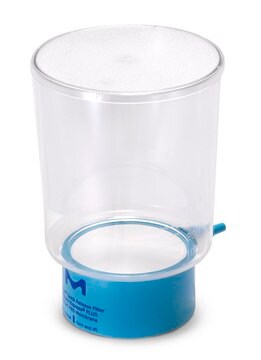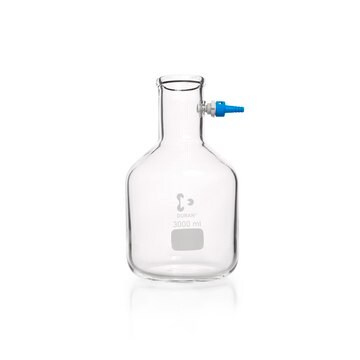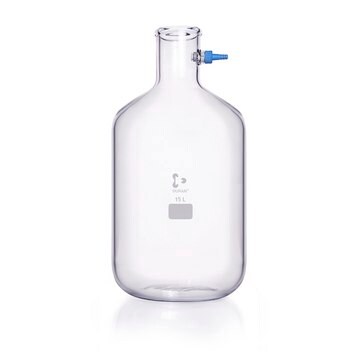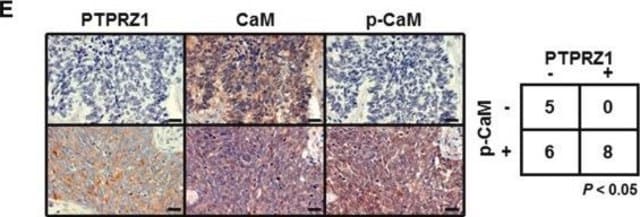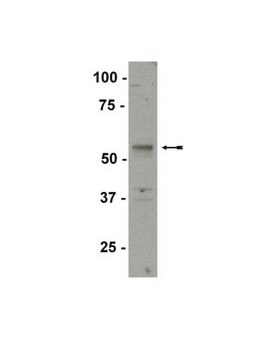MAB5210
Anti-Phosphacan Antibody, clone 122.2
ascites fluid, clone 122.2, Chemicon®
Synonym(e):
Receptor Tyrosine Phosphatase beta
About This Item
Empfohlene Produkte
Biologische Quelle
mouse
Qualitätsniveau
Antikörperform
ascites fluid
Antikörper-Produkttyp
primary antibodies
Klon
122.2, monoclonal
Speziesreaktivität
rat
Hersteller/Markenname
Chemicon®
Methode(n)
immunocytochemistry: suitable
immunohistochemistry: suitable
western blot: suitable
Isotyp
IgM
UniProt-Hinterlegungsnummer
Versandbedingung
dry ice
Posttranslationale Modifikation Target
unmodified
Angaben zum Gen
human ... PTPRZ1(5803)
Allgemeine Beschreibung
Spezifität
Anwendung
Neurowissenschaft
Wachstumskegel & Axonlenkung
Immunocytochemistry: 1:10
Immunohistochemistry on 4% paraformaldehyde fixed tissue: 1:1,000
Immunoprecipitation
Optimal working dilutions must be determined by the end user.
Physikalische Form
Lagerung und Haltbarkeit
Hinweis zur Analyse
POSITIVE CONTROL:
embryonic or early post-natal rat brain.
Rechtliche Hinweise
Haftungsausschluss
Sie haben nicht das passende Produkt gefunden?
Probieren Sie unser Produkt-Auswahlhilfe. aus.
Lagerklassenschlüssel
10 - Combustible liquids
WGK
WGK 1
Flammpunkt (°F)
Not applicable
Flammpunkt (°C)
Not applicable
Analysenzertifikate (COA)
Suchen Sie nach Analysenzertifikate (COA), indem Sie die Lot-/Chargennummer des Produkts eingeben. Lot- und Chargennummern sind auf dem Produktetikett hinter den Wörtern ‘Lot’ oder ‘Batch’ (Lot oder Charge) zu finden.
Besitzen Sie dieses Produkt bereits?
In der Dokumentenbibliothek finden Sie die Dokumentation zu den Produkten, die Sie kürzlich erworben haben.
Unser Team von Wissenschaftlern verfügt über Erfahrung in allen Forschungsbereichen einschließlich Life Science, Materialwissenschaften, chemischer Synthese, Chromatographie, Analytik und vielen mehr..
Setzen Sie sich mit dem technischen Dienst in Verbindung.
